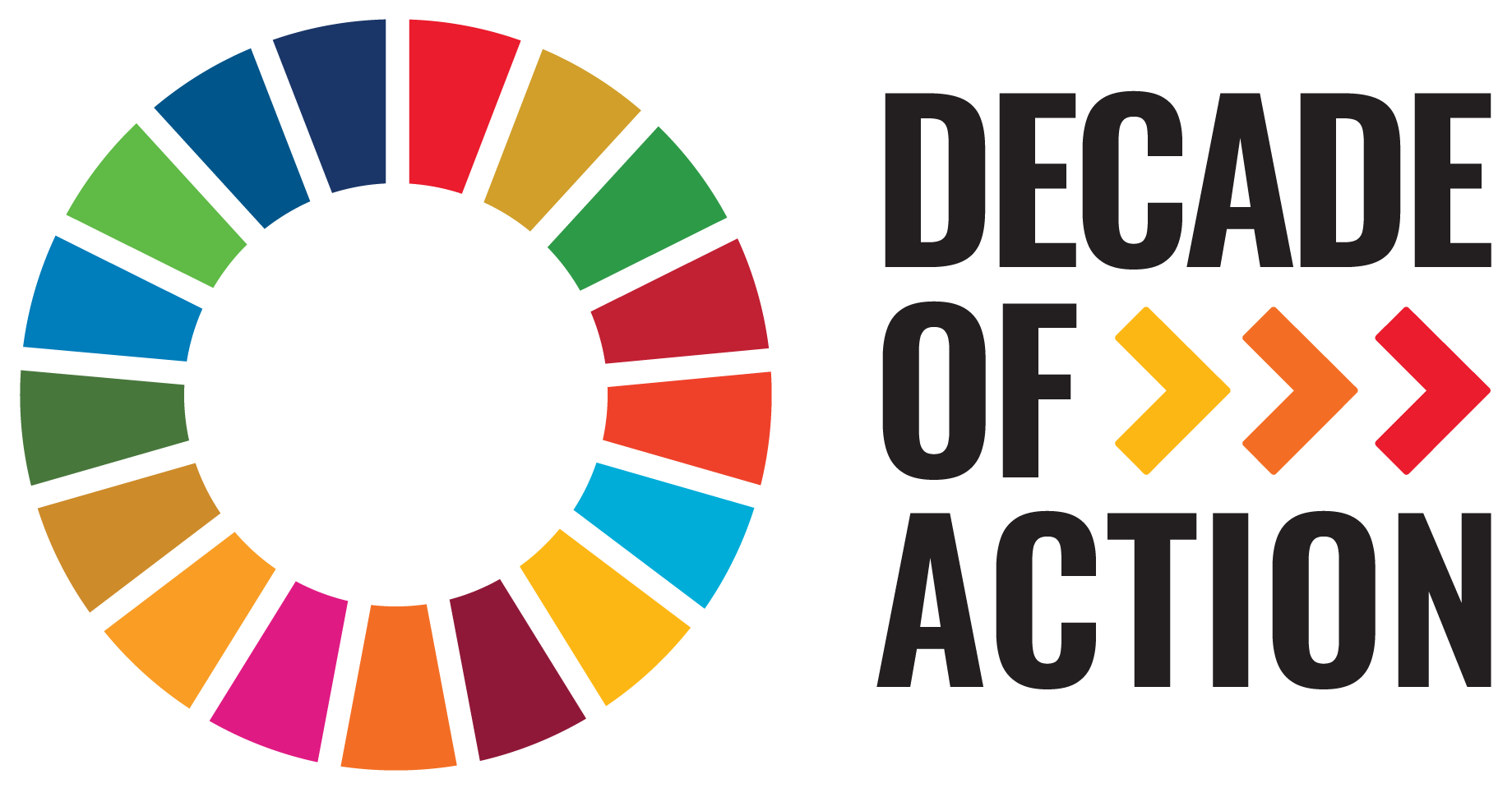| dc.contributor | Industry and Economy Division | en_US |
| dc.contributor.author | United Nations Environment Programme | |
| dc.contributor.other | Global Mercury Partnership | |
| dc.contributor.other | Travnikov, Oleg | en_US |
| dc.contributor.other | Dastoor, Ashu | en_US |
| dc.contributor.other | Friedman, Carey | en_US |
| dc.contributor.other | Ryzhkov, Andrew | en_US |
| dc.contributor.other | Selin, Noelle | en_US |
| dc.contributor.other | Song, Shaojie | en_US |
| dc.date.accessioned | 2016-12-14T05:36:15Z | |
| dc.date.available | 2016-12-14T05:36:15Z | |
| dc.date.issued | 2015 | |
| dc.identifier.uri | https://wedocs.unep.org/20.500.11822/12301 | |
| dc.description | The current report aims to update the information presented in section 3.6 of the Technical Background Report for the Global Mercury Assessment 2013 (AMAP/UNEP, 2013) with new model simulation results and focusing on an evaluation of mercury intercontinental transport and source attribution of mercury deposition. The character of mercury dispersion in the atmosphere and transport from one region to another is largely affected by the physicochemical properties of the atmospheric mercury species. Poorly soluble and relatively stable gaseous elemental mercury (GEM) can drift in the air for months providing transport of mercury mass between different regions of the planet. | |
| dc.description.uri | http://www.unep.org/chemicalsandwaste/Portals/9/Mercury/Air-Fate/F&T_final.pdf | |
| dc.format | Text | |
| dc.language | English | |
| dc.rights | Public | |
| dc.subject | mercury | en_US |
| dc.subject | mercury contamination | en_US |
| dc.title | Global Mercury Modelling: Update of Modelling Results in the Global Mercury Assessment 2013 | |
| dc.type | Reports, Books and Booklets | en_US |
| wd.identifier.sdg | SDG 3 - Good Health and Well-Being | en_US |
| wd.identifier.pagesnumber | 36 p. | en_US |


